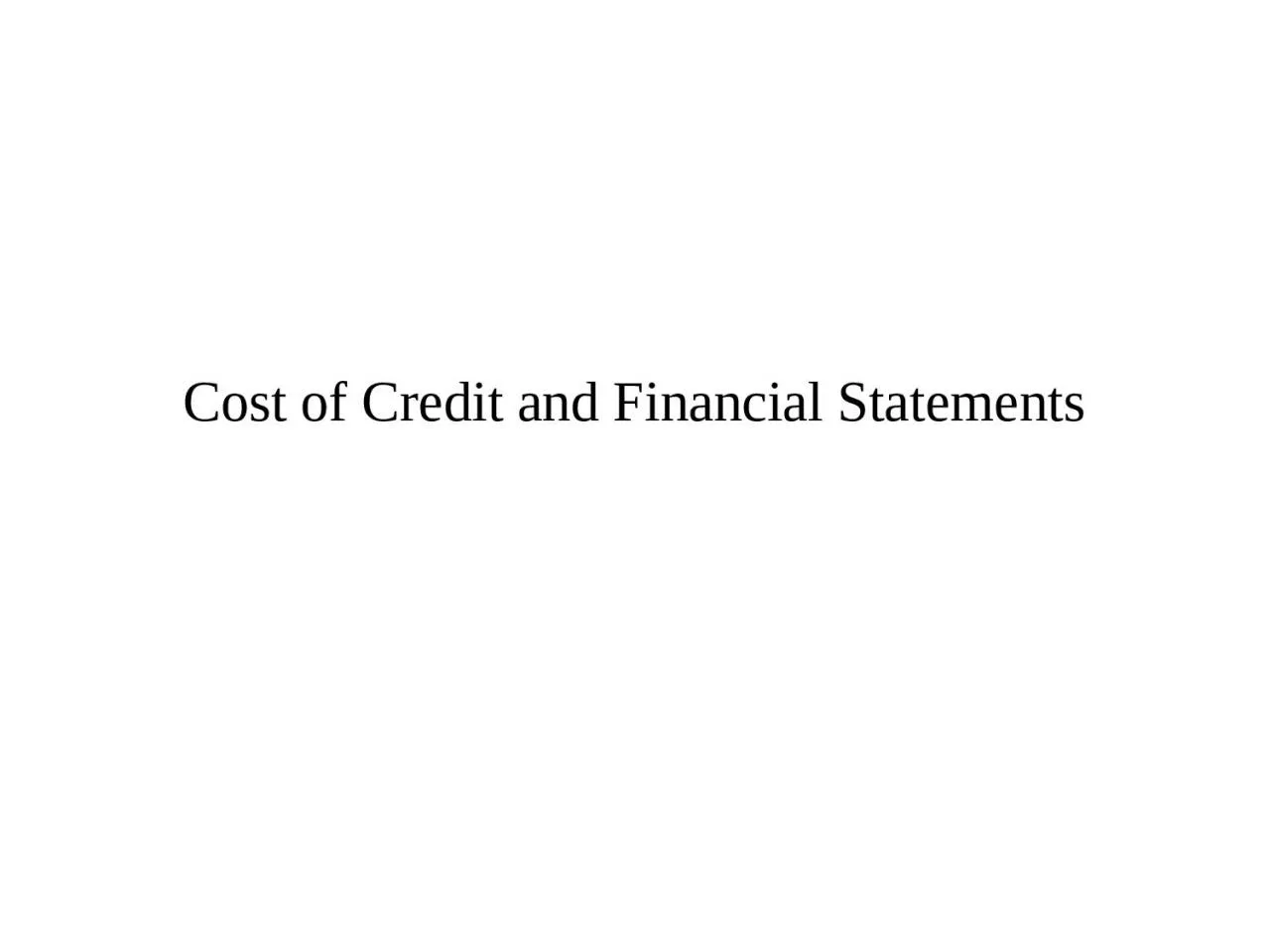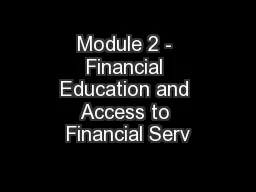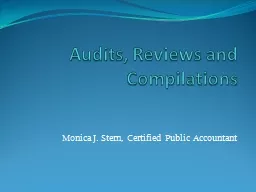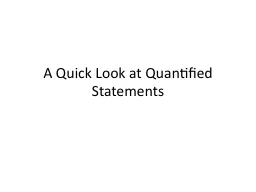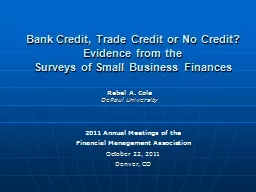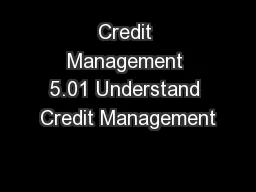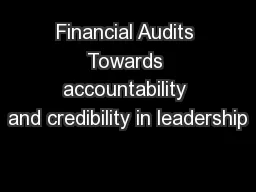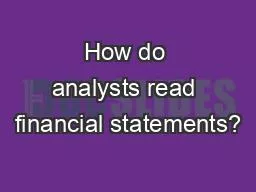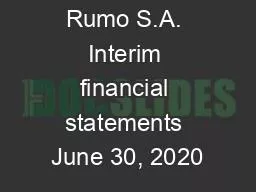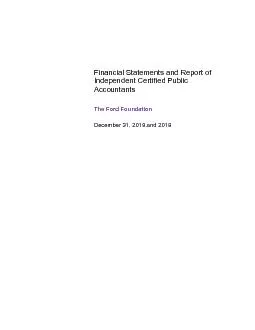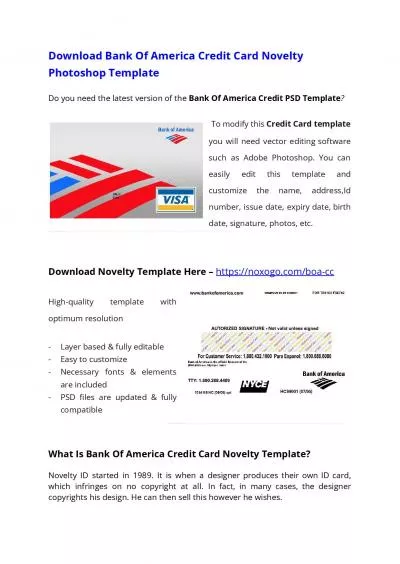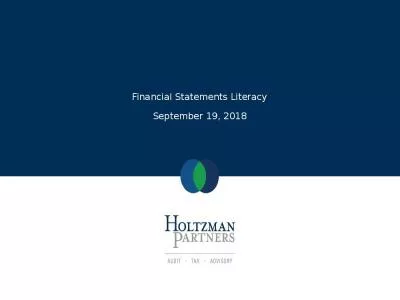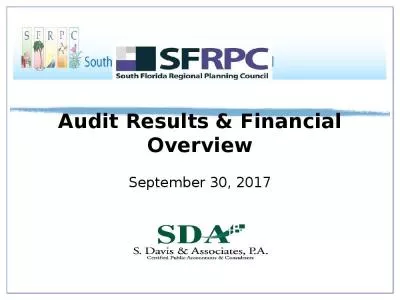PPT-Cost of Credit and Financial Statements
Author : willow | Published Date : 2023-11-06
cost of credit The cost of credit is the additional amount over and above the amount borrowed that the borrower has to pay It includes interest arrangement fees and
Presentation Embed Code
Download Presentation
Download Presentation The PPT/PDF document "Cost of Credit and Financial Statements" is the property of its rightful owner. Permission is granted to download and print the materials on this website for personal, non-commercial use only, and to display it on your personal computer provided you do not modify the materials and that you retain all copyright notices contained in the materials. By downloading content from our website, you accept the terms of this agreement.
Cost of Credit and Financial Statements: Transcript
Download Rules Of Document
"Cost of Credit and Financial Statements"The content belongs to its owner. You may download and print it for personal use, without modification, and keep all copyright notices. By downloading, you agree to these terms.
Related Documents

